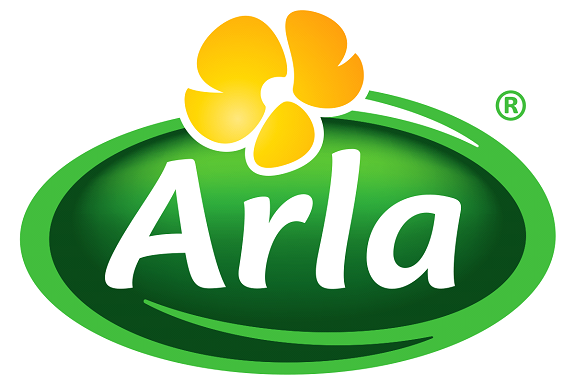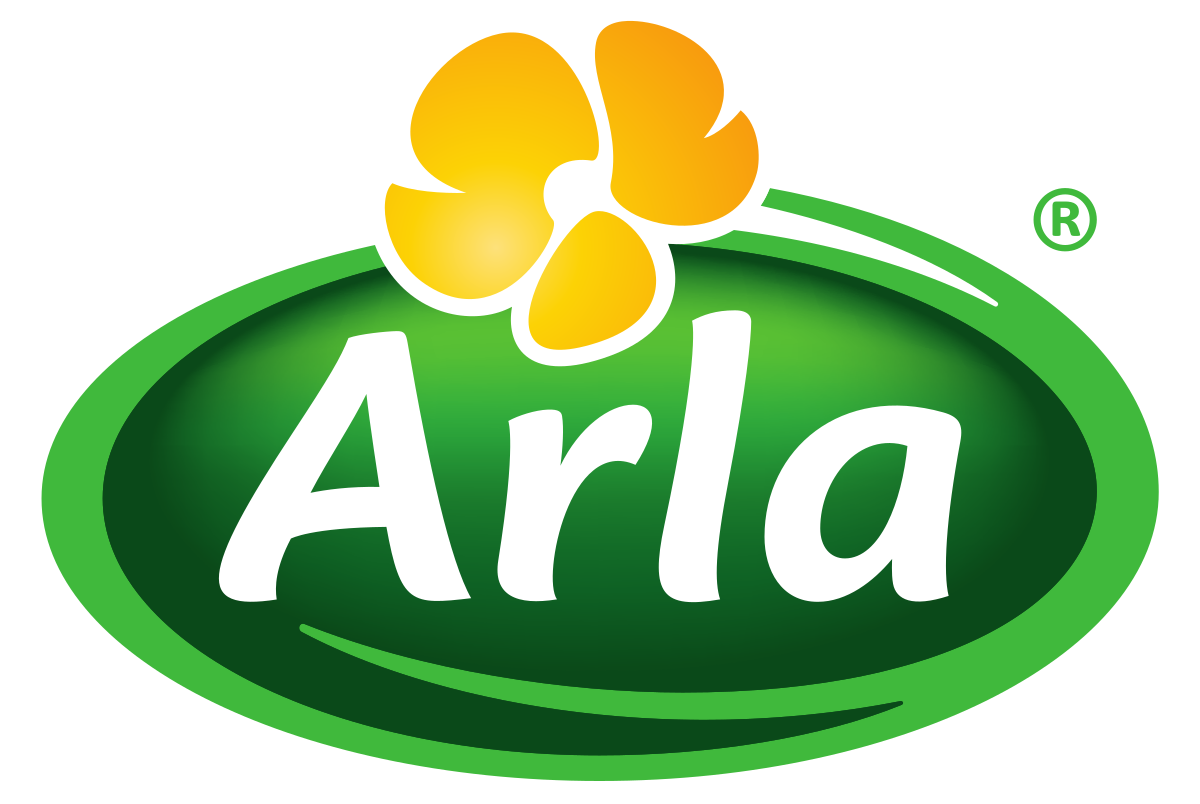2025 Food & Snacks Trends and Talent Demands
In 2025, the food and snacks industry is undergoing a transformation driven by evolving consumer preferences, technological advancements, and sustainability initiatives.
This article explores the key trends shaping the future of food and snacks, highlights success stories from innovative brands, and explains how aligning talent with these trends can provide a significant competitive advantage.
From health-conscious bites to indulgent treats, snack options today cater to diverse dietary needs, tastes, and ethical concerns. As consumers increasingly prioritize health, convenience, and sustainability, brands are continuously innovating to meet these demands. Here are the top snack trends defining the future of food and snacks.
Plant-Based Snacks Revolutionize Mainstream Consumption
Plant-based snacks made entirely from non-animal ingredients are soaring in popularity. Whether it’s jerky made from mushrooms or chips crafted from lentils and chickpeas, these snacks appeal to anyone looking for sustainable, healthy, and delicious options. Large food companies have made significant investments in response to growing consumer demand for sustainable food, signaling that plant-based snacks are here to stay. Brands like Beyond Meat and Impossible Foods have set the stage for plant-based snacking by proving that plant alternatives can be just as satisfying as their traditional counterparts. For instance, Beyond Meat's plant-based jerky, launched in partnership with PepsiCo’s Frito-Lay division, replicates the texture of beef jerky using pea and mung bean proteins. To capitalize on this trend, companies need data scientists, nutritionists, and product developers who understand both science and consumer behavior. Investing in cross-functional teams ensures that your brand stays at the forefront of this movement.

Protein-Packed Options Dominate the Market
High-protein snacks continue to dominate the market as consumers seek functional benefits from their snacking choices. These products bridge the gap between nutrition and convenience. With fitness culture thriving, the demand for protein-packed snacks shows no signs of slowing down. The availability of various protein sources, including whey, pea, and collagen, ensures ample options that meet specific dietary needs. Quest Nutrition’s protein chips are a game-changer in the snack category, offering all the crunch and satisfaction of traditional potato chips with the added benefit of 19 grams of protein per serving. This trend underscores the importance of hiring experts in nutrition science and product formulation to ensure that claims about health benefits are credible and compliant with industry regulations.
Nostalgic Flavor Reinvention
Nostalgic snacks with a gourmet or modern twist are having a moment. These include everything from artisanal versions of Pop-Tarts and Twinkies to revamped versions of childhood cereals. Momofuku Milk Bar’s Cereal Milk ice cream and compost cookies take familiar childhood flavors and elevate them with a gourmet approach, attracting both nostalgic snackers and foodies alike. Fast-casual chains like Shake Shack have also tapped into this trend, offering limited-edition shakes and desserts inspired by classic snacks. This trend highlights the importance of creativity and innovation in product development, as well as the need for marketing teams skilled in storytelling to evoke emotional connections with consumers.
Global Flavors Go Mainstream
As global cuisines become more accessible domestically, snacks featuring international flavors and ingredients—like seaweed snacks from Asia, spicy chickpeas from India, or Middle Eastern falafel chips—are gaining popularity. Dang Foods’ Thai-inspired coconut chips and Saffron Road’s crunchy chickpeas infused with Indian spices offer authentic, globally-inspired flavors in convenient snack formats. Many restaurants have embraced this trend by offering small plates or appetizers inspired by international street food, such as bao buns, elote, or empanadas. To authentically embrace global flavors, brands can hire chefs, product developers, and cultural consultants with expertise in international cuisines. This ensures authenticity and avoids cultural appropriation pitfalls.
Dehydrated and Freeze-Dried Snacks
Dehydrated and freeze-dried snacks, including fruit chips, veggie crisps, and freeze-dried yogurt bites, are becoming go-to snacks for health-conscious consumers who want minimally processed snacks that retain their nutrients. Crispy Green’s freeze-dried fruit snacks are popular for their long shelf life and simple ingredients. Health-focused restaurants like True Food Kitchen offer dehydrated veggie chips as a healthier alternative to traditional chips. This trend reflects the growing demand for clean-label, minimally processed snacks that provide convenience without compromising taste. Companies should focus on natural preservation methods and raw ingredients to meet consumer expectations for health and sustainability.

Zero-Waste and Upcycled Snacks
As environmental concerns around food waste grow, upcycled snacks—made from ingredients that would otherwise go to waste—are gaining momentum. These snacks often use fruit peels, spent grains, or vegetable pulp to create delicious, eco-friendly treats. Barnana’s banana bites, made from "imperfect" bananas that would otherwise be discarded, are a prime example of upcycled snacks making an impact. Some forward-thinking restaurants are embracing this trend by using food waste creatively in their kitchens, repurposing vegetable scraps into chips or creating flavorful dishes from parts of ingredients that are typically thrown away. This trend highlights the importance of sustainability initiatives and the need for talent passionate about reducing environmental impact through food choices.
Portable Charcuterie
Snack-sized charcuterie featuring pre-portioned cured meats, cheeses, nuts, and crackers is a popular choice for those seeking a more substantial, protein-rich snack. These single-serve charcuterie packs provide the flavors of a full charcuterie board in a snackable format. Hillshire Snacking has tapped into consumers' growing appetite for elevated snacks by rolling out convenient charcuterie packs that pair cured meats, cheeses, and olives in an easy grab-and-go format. This trend emphasizes the importance of premium ingredient selections and creative packaging designs to enhance convenience and portion control.
Alternative Flours and Grains
Snacks made from alternative flours and grains like quinoa, chickpea, almond, or cassava are rising in popularity as consumers look for nutrient-dense and gluten-free options. These snacks offer a healthier alternative to traditional wheat-based products. Siete Foods offers grain-free tortilla chips made from cassava flour, appealing to consumers looking for a gluten-free alternative to traditional chips. Restaurants with health-focused and allergy-friendly menus often incorporate alternative flours into their dishes, offering items like chickpea-based crackers or grain-free pizza crusts. This trend underscores the importance of innovation in ingredient sourcing and formulation to meet the growing demand for gluten-free and allergen-friendly options.
Vegetable-Based Chips
Snacks made from vegetables like beets, carrots, sweet potatoes, or kale are becoming a popular alternative to traditional potato chips. These veggie-based chips offer a satisfying crunch with added nutritional benefits. Rhythm Superfoods’ kale chips are a widely available, nutrient-packed alternative to traditional chips. Many health-conscious restaurants offer similar veggie chips as sides or appetizers, reinforcing their appeal in both grocery and restaurant settings. This trend reflects the growing consumer preference for snacks that provide the same enjoyment as traditional chips but with fewer carbs and more nutrients.
Savory-Sweet Combinations
Snacks that combine savory and sweet flavors—such as chocolate-covered pretzels, sea salt caramel popcorn, and spicy-sweet nut mixes—are becoming increasingly popular. These snacks satisfy multiple cravings at once, providing a more satisfying and well-rounded snacking experience. This trend highlights the importance of experimenting with contrasting flavor profiles, texture combinations, and unexpected ingredient pairings to create unique taste experiences that resonate with adventurous consumers.
How Talent Alignment Drives Competitive Advantages
In today’s fast-paced food and snacks industry, having the right talent is crucial for staying ahead. Brands that prioritize innovation and sustainability naturally attract high-caliber professionals eager to make an impact. Cross-functional collaboration between R&D, marketing, and operations teams accelerates innovation. For example, pairing a chef with a data analyst can lead to breakthroughs in product development. Investing in employee training programs ensures your workforce remains adaptable, while encouraging entrepreneurial thinking fosters creativity and keeps your brand agile.
Conclusion: Preparing for the Future of Food & Snacks
The 2025 food and snacks landscape will be defined by personalization, sustainability, functionality, digital innovation, and global influences. To thrive in this dynamic environment, businesses must adopt a proactive approach to trend adoption and talent management. By aligning your workforce with these emerging trends, you can position your brand as a leader in the industry. Remember, the future belongs to those who anticipate change—and act decisively. Are you ready to shape the future of food and snacks? Start by evaluating your current strategies, investing in the right talent, and embracing innovation.


















